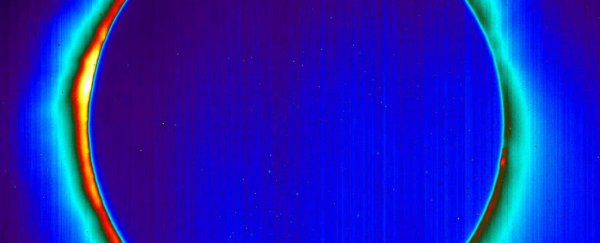While millions across the continental US turned their eclipse glasses to the sky to watch the Sun disappear behind the Moon last Monday, NASA scientists took to the skies to get a much broader view of the event.
They've now released a few of their images taken from 15,240 metres (50,000 feet), including a spectacular infrared view of the eclipse in totality, and our limited human eyes aren't worthy of the view.
Not only are these some of the most spectacular images you'll see of the eclipse, but they're also giving scientists a rare opportunity to study the surface temperature of Mercury, as well as probe the Sun's mysterious outer atmosphere.
This is the eclipse at the moment of totality in infrared:
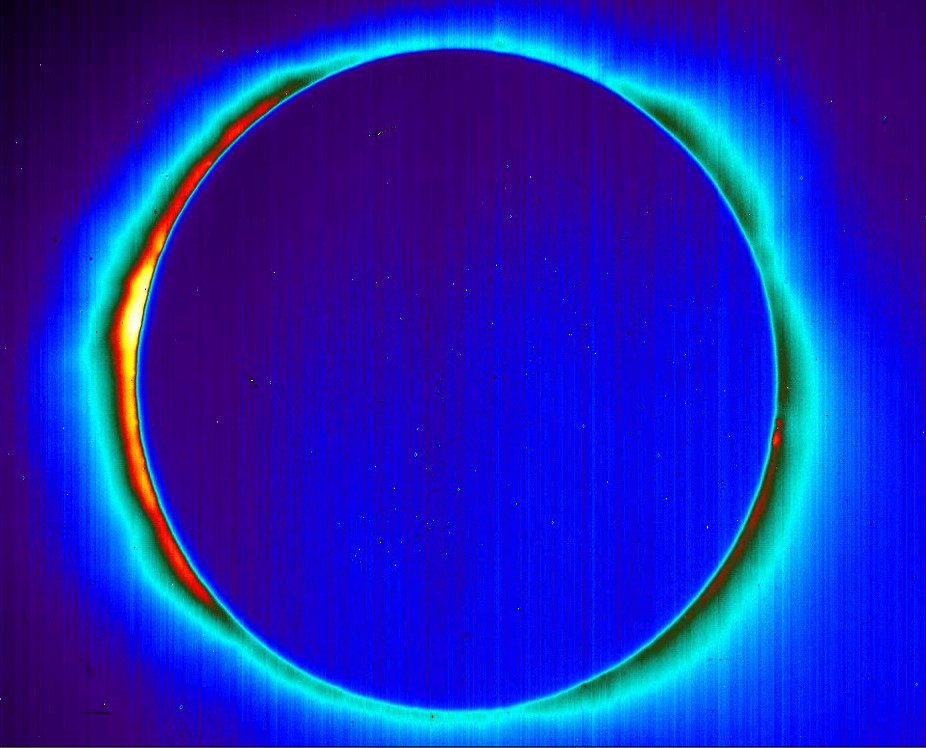 Southern Research/NASA
Southern Research/NASA
And here's a high-speed visible light image of the eclipse, captured using Southern Research's Airborne Imaging and Recording Systems (AIRS) and DyNAMITE telescopes:
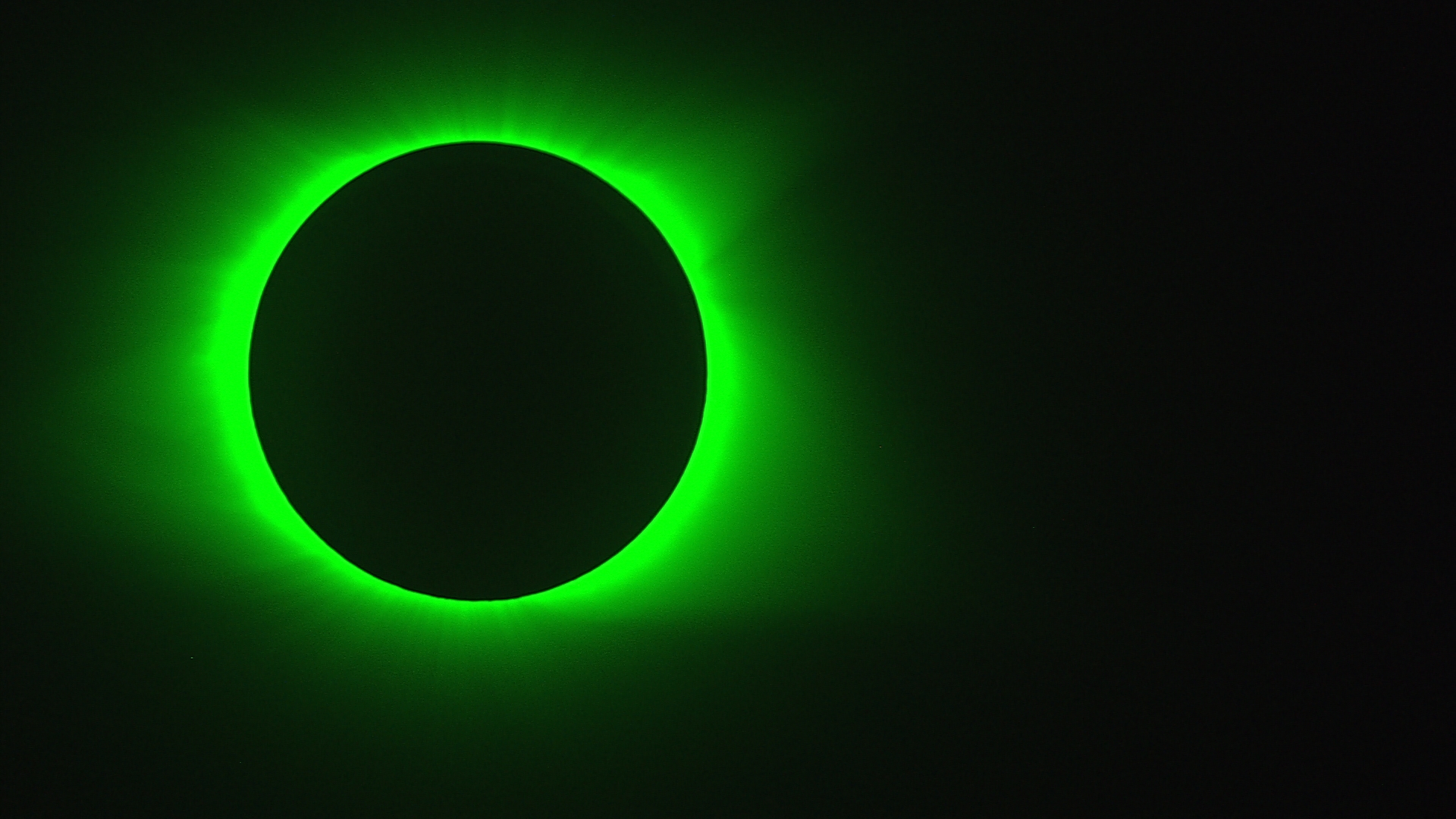 Southern Research/NASA
Southern Research/NASA
The images were captured from two NASA WB-57 high-altitude research aircraft positioned at 15,240 metres (50,000 feet) as the total solar eclipse occurred over the US.
"The visible and infrared data look spectacular," said one of the team, Amir Caspi from Southwest Research Institute.
"We're already seeing some surprising features, and we are very excited to learn what the detailed analysis will reveal."
The aim of the mission was to gather valuable data on the Sun's corona - the aura of plasma that surrounds our star - as well as the temperature of Mercury.
Mercury is particularly difficult to study because of its proximity to the Sun, so having the Sun's light blotted out momentarily by the Moon gave researchers a rare opportunity to gather infrared data on the planet - enabling them to estimate for the first time the surface temperatures over the planet's night side.
The darkness also allowed the team a chance to study the atmosphere above the Sun's visible surface. The faint light from the corona is usually overpowered by the intense light coming from the Sun itself, so an eclipse is the perfect time to take detailed measurements.
"This is the best observed eclipse ever," said one of the researchers, Dan Seaton, from the University of Colorado.
"With the results from the WB-57s and complementary observations from space and other experiments on the ground we have an opportunity to answer some of the most fundamental questions about the nature of the corona."
But if you think these pictures look good, just imagine how it felt to be up in one of the WB-57 aircraft while taking them.
"The view of the eclipse from aboard the WB-57 was fantastic," said Don Darrow from Southern Research, who was on board during the eclipse.
"I was able to see the eclipse from the sensors aboard the plane and then look up and see it directly with my own eyes. I had one of the best views of the eclipse on the planet. It was truly an awe inspiring flight."
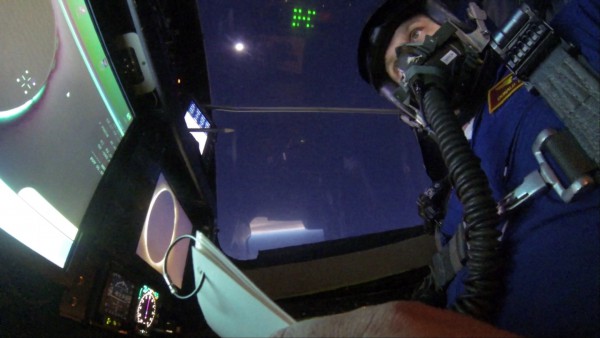 Don Darrow on board the WB-57 during the eclipse. Image: Southern Research/NASA
Don Darrow on board the WB-57 during the eclipse. Image: Southern Research/NASA
In addition to this latest series, NASA has also released this incredible gif showing the view eclipse from its Solar Dynamics Observatory (SDO), which is in orbit 4,828 km (3,000 miles) above Earth's surface.
Due to its positioning at the time of the eclipse, the SDO only saw 14 percent of the Sun blocked by the Moon, rather than the total eclipse witnessed by those in the perfect path across the US (most US residents saw 60 percent blockage or more). But it still looks pretty incredible.
 SDO/NASA
SDO/NASA
Looking in the other direction, NASA's Lunar Reconnaissance Orbiter captured this incredible image from its orbit around the Moon, showing the Moon's shadow blotting out the light for a large portion of the US.
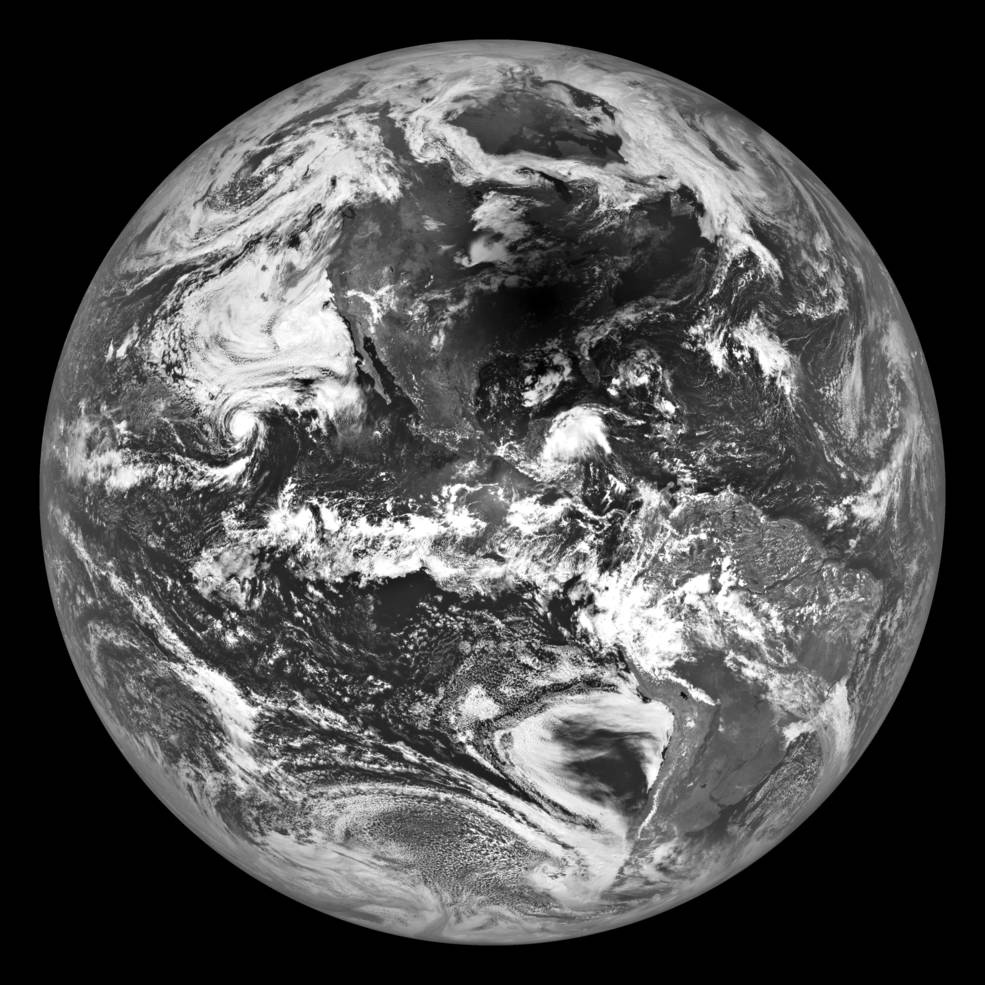 NASA/GSFC/Arizona State University
NASA/GSFC/Arizona State University
If you missed this eclipse and have major FOMO right now, don't worry, here's when the next one's happening near you.
